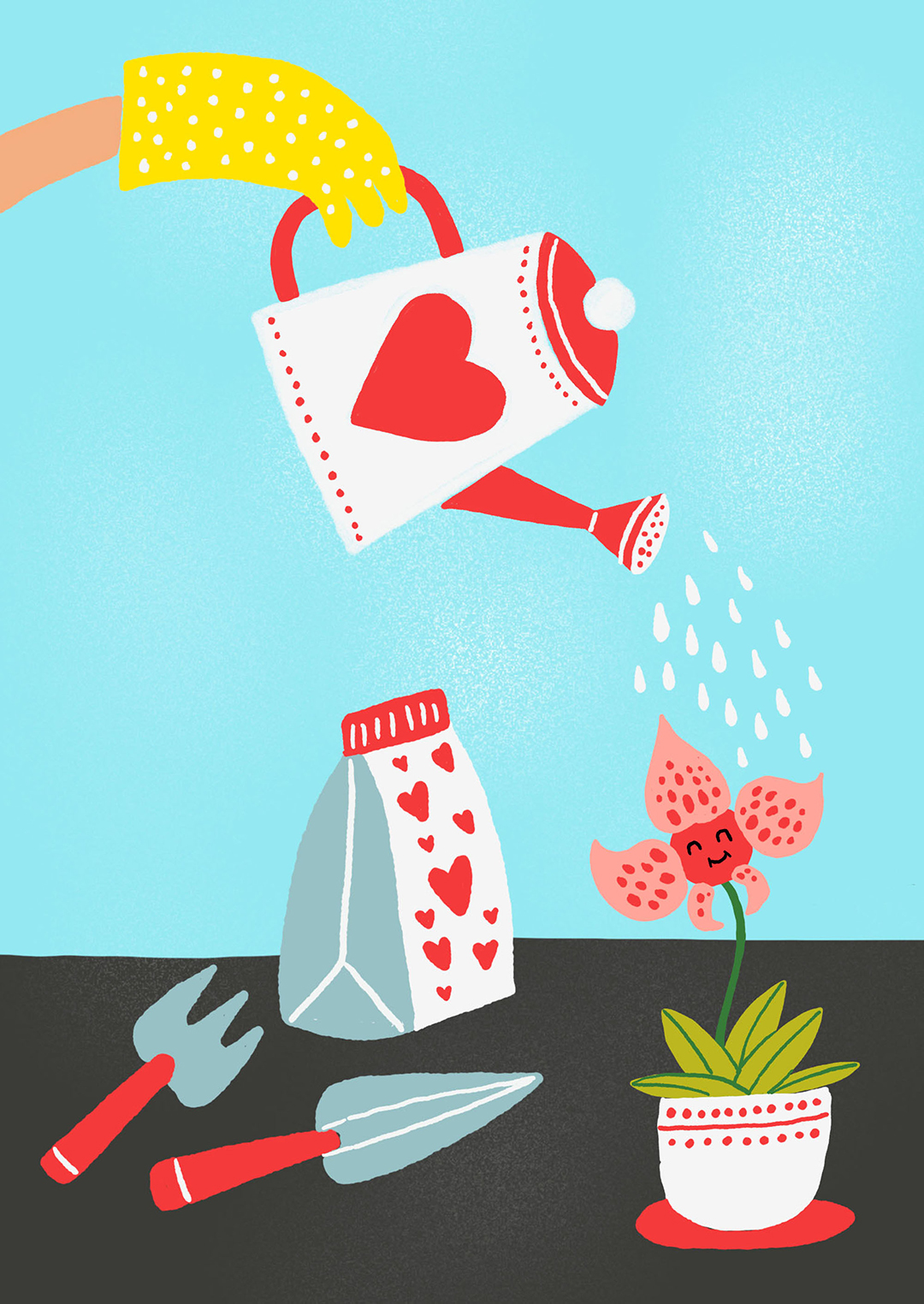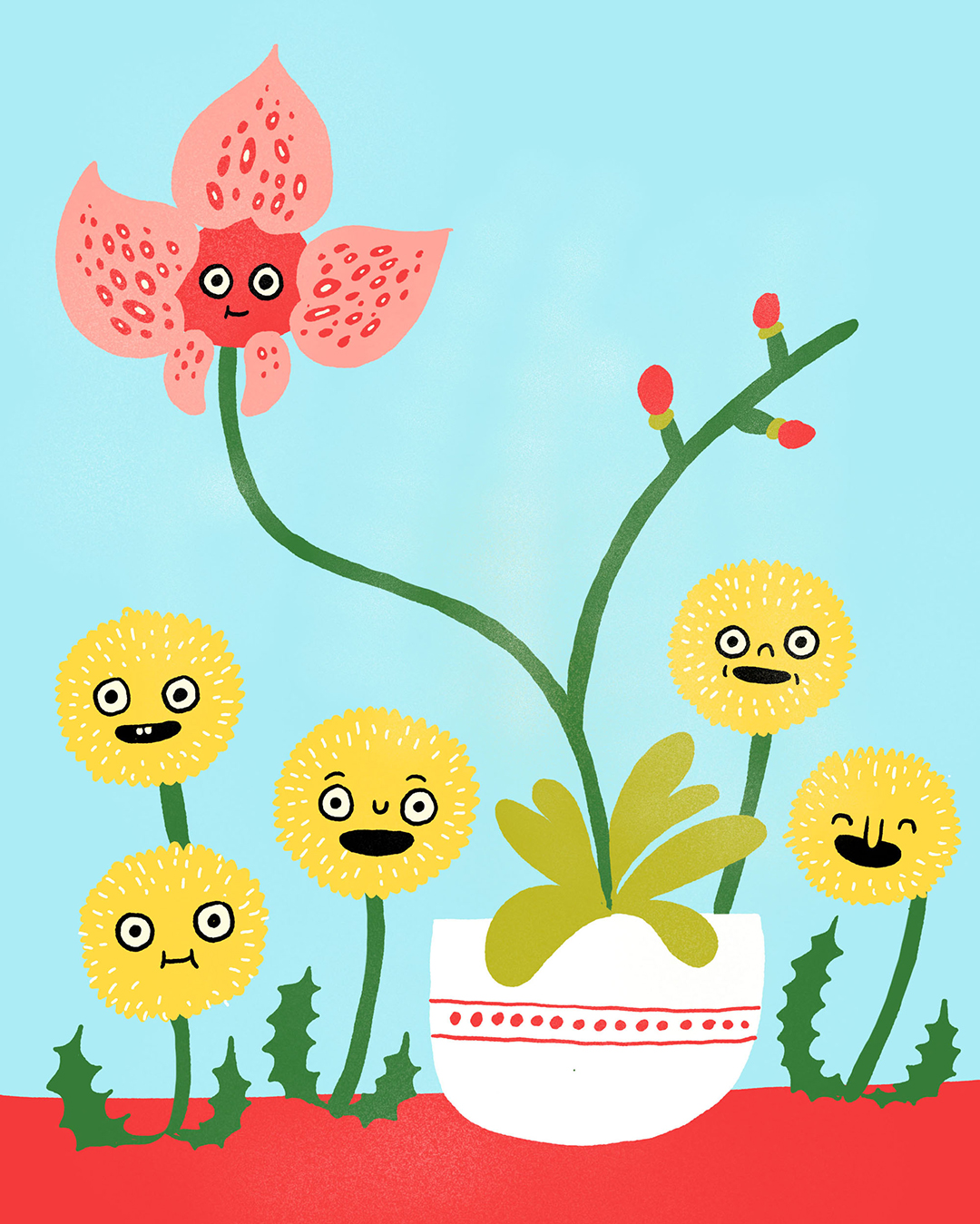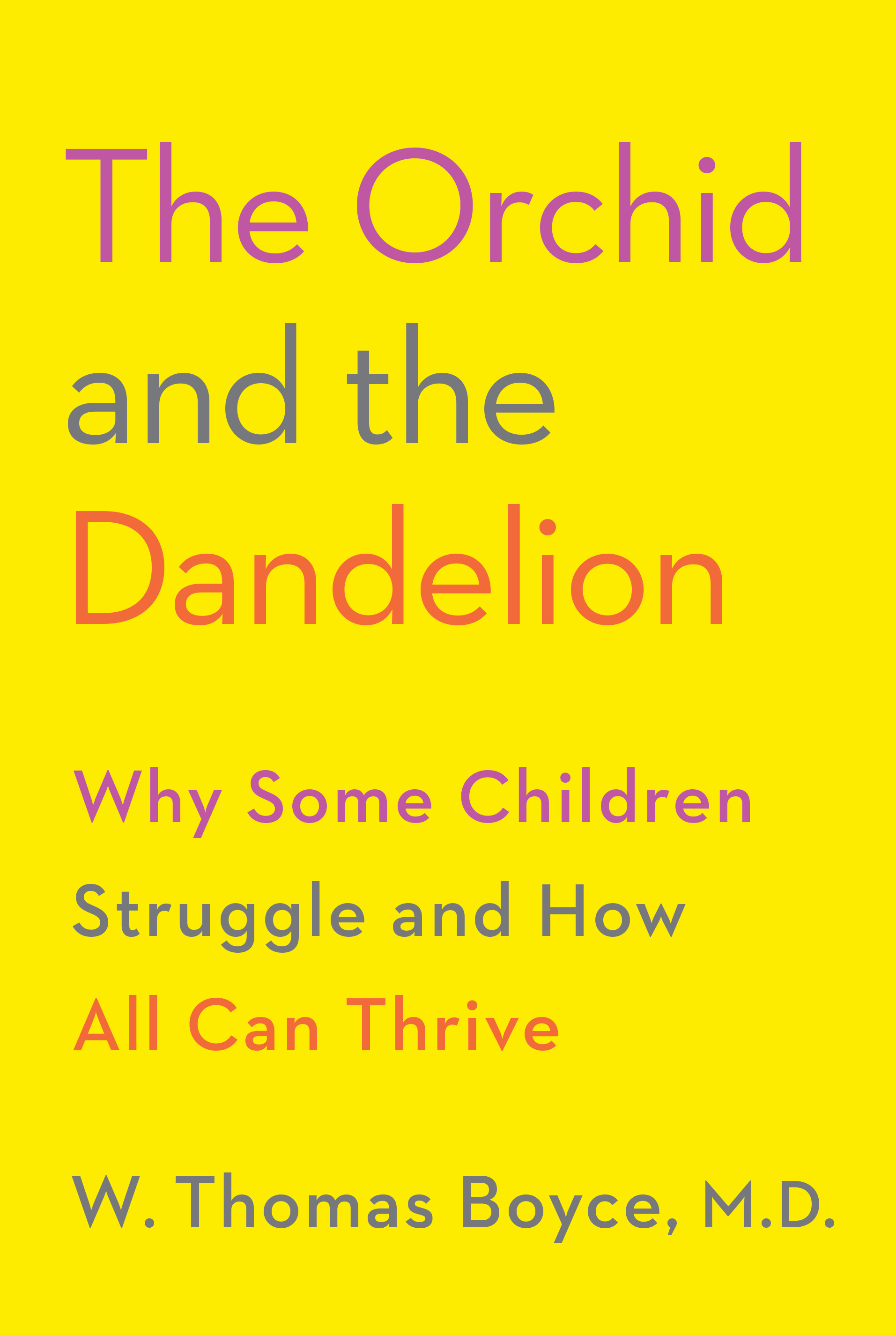
We often talk about children as either “resilient” or “vulnerable,” but they simply differ in how they respond to their surroundings. Kids who can thrive in almost any situation are like dandelions—flowers that grow wherever their seeds land, from meadows to the cracks in sidewalks. Other children are like orchids, which are exquisitely sensitive to their environment and either blossom or wane, depending on how we care for them.
For so-called orchids, the world can be a frightening and overwhelming place—and studies have shown that they produce more of the stress hormone cortisol in response to challenges than dandelions do. They possess a biologically embedded receptivity that makes them acutely aware of physical sensations, such as touch, sound, and taste, and of interpersonal experiences, such as warmth, malevolence, and indifference.
However, orchids have more powerful responses to both negative and positive conditions: The children who are most likely to suffer and wilt when subjected to bad environments are unusually vital, creative, and successful within nurturing settings. This is magnificent news for their parents, teachers, and friends! The kids whom we worry most about are also the most responsive to and have the most to gain from our support and encouragement.
Perhaps you have a child who is struggling in school or life, despite your intuition that he or she is a remarkable and promising young person. There is no formulaic approach to parenting a sensitive child, but orchids flourish when you offer acceptance and affirmation of their true, tenderhearted self. All children need their parents’ attention and care, but orchid kids particularly benefit from the pervasive presence of a parent’s love. It may come mostly from one parent or both, or from a grandparent, a godparent, or a caregiver. A single supportive adult can have a transformative influence on a child.
Orchid kids need us to encourage their interests and unconditionally love who they are. Because of the business of life, we often feel we need to create “quality time” with our children—special, arranged time to engage in meaningful conversation and activity together. However, quality time is a myth. Try as we might to orchestrate it, the most cherished moments come when we least expect them—during the car ride to a Saturday soccer game, in the middle of bathing a toddler, or while scrambling to get breakfast ready. Extraordinary communication and intimacy occurs during the ordinary flow of daily life.

I’ll never forget one such time with my son, Andrew. On an overnight backpacking trip along the rugged coast of Northern California, Andrew, who was then about 8 years old, and I were hiking along a trail. The sky over the ocean had begun to color as sunset approached, and the earlier frigid fog had cleared. The gathering beauty of the sun’s descent prompted Andrew to pause and take me deeper into his inner world.
“You know, Dad,” he said, “I really like to draw and paint. I really like doing art.”
It was a sensible but unforeseen disclosure—a momentary interlude within a four- or five-hour expanse of time—in which Andrew may have been anticipating, or trying on, the direction of his future life or career. I told him that I knew he had some real talent for art and that lifelong vocations in art were entirely possible.
Then, noting that the orange dome of the Pacific sky was turning a bright, translucent orange, he surprised me.
“Yeah,” he said. “Orange is the most misunderstood color.”
What a revelation! Here was a kid (my son!) who thought about colors like most of us think about people. It had honestly never occurred to me that orange could be misunderstood, or even understood for that matter.
Andrew was and is a brilliant and imaginative artist. He went on to become a graduate of the Yale School of Drama, an award-winning theater set designer, and a professor of theater at a major university.
I have seen so many other sensitive children become remarkable adults. Some of my own patients, who were among the most orchidly of orchids, are now magnificent moms and dads; physicians and nurses who care for sick and traumatized children on the wards of local hospitals; gifted teachers who dramatically affect the lives of children they teach; and friends and neighbors who have become the consciences of their communities.
Orchid children are our tender “canaries in the mineshaft.” They are indeed most likely to stumble from misfortune, but they are also most likely to prosper from the world’s kindness and goodwill.

From The Orchid and the Dandelion: Why Some Children Struggle and How All Can Thrive. Copyright © 2019 by W. Thomas Boyce, M.D. To be published by Alfred A. Knopf, an imprint of The Knopf Doubleday Publishing Group, a division of Penguin Random House LLC.
Parents Magazine
